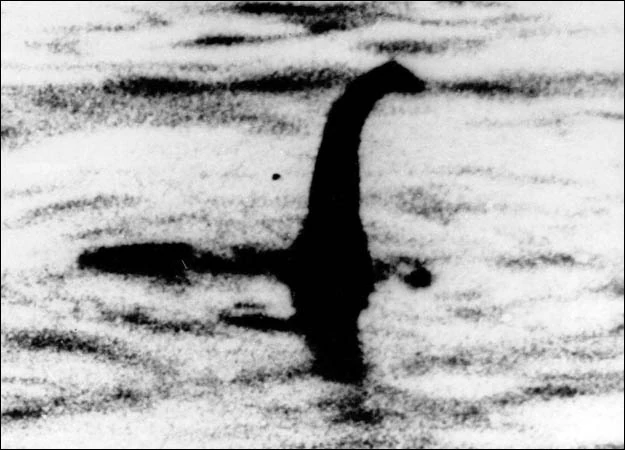The Loch Ness Monster: Scotland’s Enduring Aquatic Mystery
Mysterious World of Cryptids Blog Series

For centuries, the dark, peat-stained waters of Scotland’s Loch Ness have concealed whispers of something extraordinary. The legend of the Loch Ness Monster – affectionately nicknamed “Nessie” – has transcended folklore to become a global phenomenon, sparking scientific debates, captivating tourists, and inspiring endless speculation.
The earliest known account dates back to 565 AD, when Saint Columba allegedly intervened to save a swimmer from a fearsome “water beast.” This medieval chronicle, preserved in the writings of Saint Adamnan, laid the foundation for what would become one of the world’s most enduring cryptid legends.
Modern fascination with Nessie surged in 1933 after a new road along the loch’s shoreline provided clearer views of the water. That same year, the Inverness Courier published an article describing a couple’s encounter with a massive, undulating creature. The following year, the infamous “Surgeon’s Photograph” – purportedly taken by London physician Robert Wilson – presented a grainy but striking image of a long-necked creature rising from the water. Though later revealed to be part of an elaborate hoax, this photograph cemented Nessie’s place in popular culture.
The 20th century saw numerous scientific expeditions attempting to solve the mystery. In the 1960s, the Loch Ness Phenomena Investigation Bureau conducted extensive surface watches, while pioneering sonar scans in the 1970s and 80s recorded several unexplained deep-water contacts. One notable example occurred in 1987 during Operation Deepscan, when a flotilla of boats equipped with advanced sonar detected an unidentified large object moving at considerable depth.
Among the most compelling modern evidence is the Dinsdale Film (1960), where aviation engineer Tim Dinsdale captured what appears to be a humped creature moving across the loch at estimated speeds impossible for surface debris. Enhanced analysis by the BBC in 1993 concluded the object was likely animate. More recently, underwater drones and DNA sampling projects have brought fresh – though still inconclusive – data to the debate.
Skeptics propose various natural explanations for Nessie sightings. These include misidentified sturgeon or seals, floating logs, unusual wave patterns caused by tectonic activity, or even atmospheric optical illusions known as superior mirages, common in the loch’s unique microclimate. Paleontologists note that any surviving prehistoric reptile like a plesiosaur would require an impossible breeding population to persist for centuries without detection.
Yet Nessie endures as more than just a potential biological anomaly. The creature has become woven into Scotland’s cultural identity, generating £41 million annually for the local economy through tourism. From Japanese anime to Hollywood films, Nessie symbolizes humanity’s eternal fascination with nature’s undiscovered possibilities – a reminder that even in our technologically advanced age, some mysteries still ripple beneath the surface.
Could Nessie exist? My BFF, who has Scottish origins, and has, in fact, visited her homeland often, believes Nessie is out there.
As sonar technology improves and new generations of researchers continue scanning the loch’s 23-mile depths, perhaps one day we’ll have definitive answers. Until then, the monster remains Scotland’s most charming enigma.
Coming next in The Mysterious World of Cryptids: We cross the Atlantic to investigate the blood-drinking Chupacabra – a creature whose bizarre livestock attacks and reptilian features have terrified rural communities from Puerto Rico to Texas. What sinister truth lies behind this modern legend?